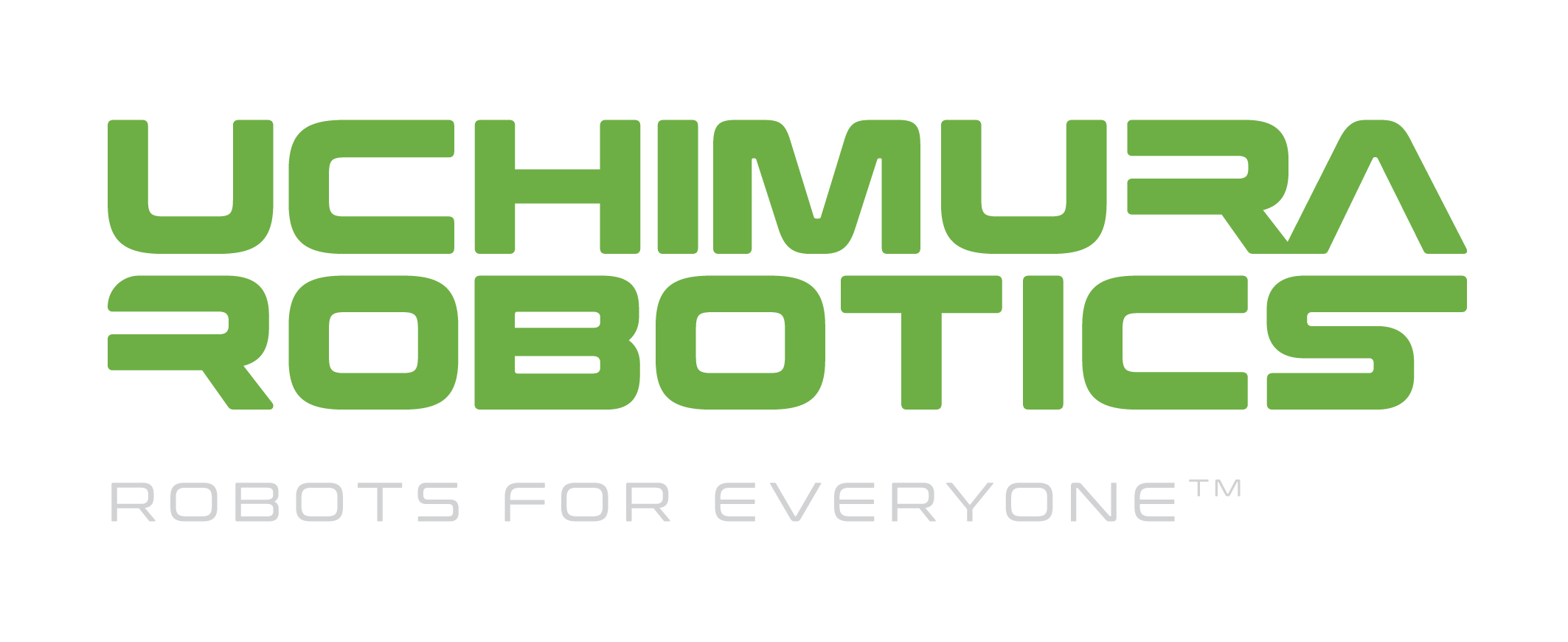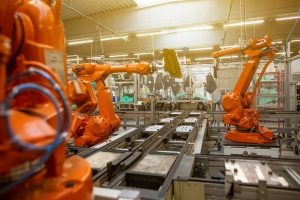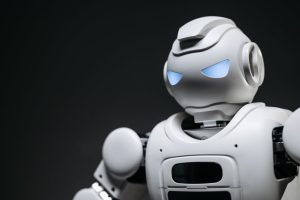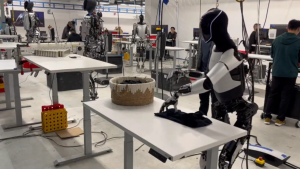Introduction: The Race for Human-Scale Robots
From logistics warehouses to wellness centers, 2025 is witnessing a surge of startups and tech giants vying to build the world’s most advanced humanoid robots. These companies are not just prototyping—they are preparing to deploy robots in the same spaces and jobs designed for humans. The current focus isn’t proving if legged robots can walk, but whether they can truly work: handling tools, climbing stairs, and moving through elevators and tight corridors. The answer to “why humanoids” is simple: our world is already optimized for human movement, not wheels or static robot arms. This new wave of humanoid robot companies is determined to unlock a new era of automation without changing existing infrastructure.
Companies to Watch in Humanoid Robotics (2025 Edition)
Tesla – Optimus
Tesla is perhaps the most visible entrant in the humanoid robot race. The Optimus project, led by Tesla’s AI team, is designed to replace humans in unsafe, boring, or repetitive jobs. Optimus is a bi-pedal humanoid robot with a heavy emphasis on deep learning, advanced navigation, and robust manipulation. Tesla’s massive engineering resources and public recruitment efforts mean the Optimus will likely remain at the center of the humanoid conversation for years to come.
Agility Robotics – Digit
Agility Robotics’ Digit is setting standards in industrial humanoids with a rugged, legged design and commercial deployments, including work with logistics powerhouse GXO. Digit excels at heavy payloads, dynamic environments, and seamless integration with autonomous mobile robots (AMRs). Agility is one of the few top humanoid robot developers openly focusing on humanoid robot safety, which it sees as the real challenge to mass deployment.
Apptronik – Apollo
Apptronik’s Apollo takes a modular, general-purpose approach. The design starts with legs and can be adapted to include wheels, allowing maximum flexibility from warehouse automation to in-home service robots. Apollo’s adaptability and cross-industry focus put it at the top among robot manufacturers 2025 who want to deploy robots across various environments.
Reflex Robotics
Reflex Robotics prioritizes speed and responsiveness. Its design uses a wheeled base combined with human-in-the-loop control, balancing speed and safety. While it trades legged mobility for agility and faster navigation, Reflex targets environments where partial autonomy and fast completion of tasks are paramount.
Boston Dynamics – Atlas
The Boston Dynamics Atlas robot has become an icon for the entire field thanks to its viral demonstrations—dynamic backflips, parkour, and breathtaking agility. Despite leading the world in high-performance robot locomotion, Boston Dynamics remains focused on R&D and public demos rather than commercial mass deployment. Atlas sets the bar for what is possible, but is not yet a mass-market product.
Sanctuary AI + HaptX
Sanctuary AI, in partnership with HaptX, pioneers a “teach by feel” model. Humans control the robot using advanced haptic gloves, enabling teleoperation and the collection of rich, high-fidelity movement data. This approach helps Sanctuary’s AI learn complex, human-like motions quickly, using tactile feedback to accelerate safe, reliable automation.
UBTECH – Walker S2
UBTECH’s Walker S2 is an advanced, versatile humanoid with autonomous battery swapping. Supported by Futronics, Walker S2 is making waves in both wellness and home robotics. It is designed as a generalist, bridging the gap between industrial and consumer applications, and is already known for its robust, continuous operation in real settings.
Figure AI – Figure 01
Figure AI is a standout among new humanoid robot companies, gaining attention for rapid prototyping and a clear, industrial focus. Figure 01 aims to be a Tesla Optimus competitor, focusing on physical capability, intuitive software, and fast development cycles. Its rise shows the intense interest in commercializing general-purpose humanoids that work outside the lab.
Hexagon – AEON
Hexagon’s AEON is a humanoid platform tailored for industrial environments. Its focus is on durability, autonomy, and seamless integration with existing industrial technology, making AEON an attractive option for factories seeking robust, reliable robots for real-world production settings.
Other Key Players in the Humanoid Landscape
| Company | Product(s) | Notable Focus |
|---|---|---|
| Unitree | G1 | Already commercial with ~$16K base price. Popular for home and security robotics. |
| Fourier Intelligence | GR-1 | Medical rehabilitation and elderly assistance robots. |
| Toyota Research | Multiple humanoid R&D projects | Advanced perception, manipulation, robotics ethics. |
| PAL Robotics | REEM-C, TALOS | Research and academic-focused humanoids. |
| Engineered Arts | Ameca | Hyper-realistic humanoids, very strong on expressiveness and interaction design. |
| Neura Robotics | 4NE1 | AI-native collaborative humanoid platform for advanced HRI. |
These companies and products demonstrate the diversity of approaches in the market, from affordable home robots (Unitree G1) to hyper-realistic interaction platforms (Ameca by Engineered Arts) and medical assistance bots (Fourier GR-1). Toyota, PAL Robotics, and Neura Robotics are each exploring advanced perception, collaborative robotics, and the ethics of human-robot coexistence.
Evaluation: Who’s Leading, Who’s Scaling?
The landscape of humanoid robot companies in 2025 is competitive and multi-faceted. Tesla and Agility Robotics stand out for the maturity of their commercial products—Tesla with its resources and vision, Agility with real-world deployments and a focus on safety. Apptronik and UBTECH lead in flexibility, offering modular, cross-industry platforms that can scale from warehouses to homes.
Sanctuary AI and HaptX are redefining AI teaching through human-piloted, haptic learning systems, offering robots a shortcut to real-world skill acquisition. Meanwhile, Boston Dynamics remains the most recognized brand, thanks to Atlas, but their technology is still seen more in demonstrations than on real production lines.
Each company is carving its niche—some for strength and logistics, others for speed, human-like interaction, or new models of AI learning. The public visibility of Tesla and Boston Dynamics creates buzz, but true progress will be measured by scalable, safe, and commercially viable humanoid robots in the years ahead.
A Competitive but Fragmented Field
The field of top humanoid robot developers and robot manufacturers 2025 is both crowded and fragmented. No single player has yet claimed dominance, but all are pushing the industry forward with unique strategies. Companies are specializing: some focus on logistics and heavy lifting, some on mobility and agility, and others on realism or AI teaching methods. This diversity is driving rapid progress, with meaningful strides being made to solve economic, practical, and safety challenges.
The coming years, especially between 2025 and 2030, are set to be pivotal. The race to commercialize humanoid robots is intense, with every company aiming to become the first to crack the code for safe, reliable, and affordable deployment. From Tesla’s ambitions for factory floors to Sanctuary AI’s training ecosystems, the groundwork is being laid for a future workforce that looks—and moves—like us.
For more information about the leading humanoid robot companies, solutions for industrial or consumer robotics, or to discuss collaboration, contact us here.






